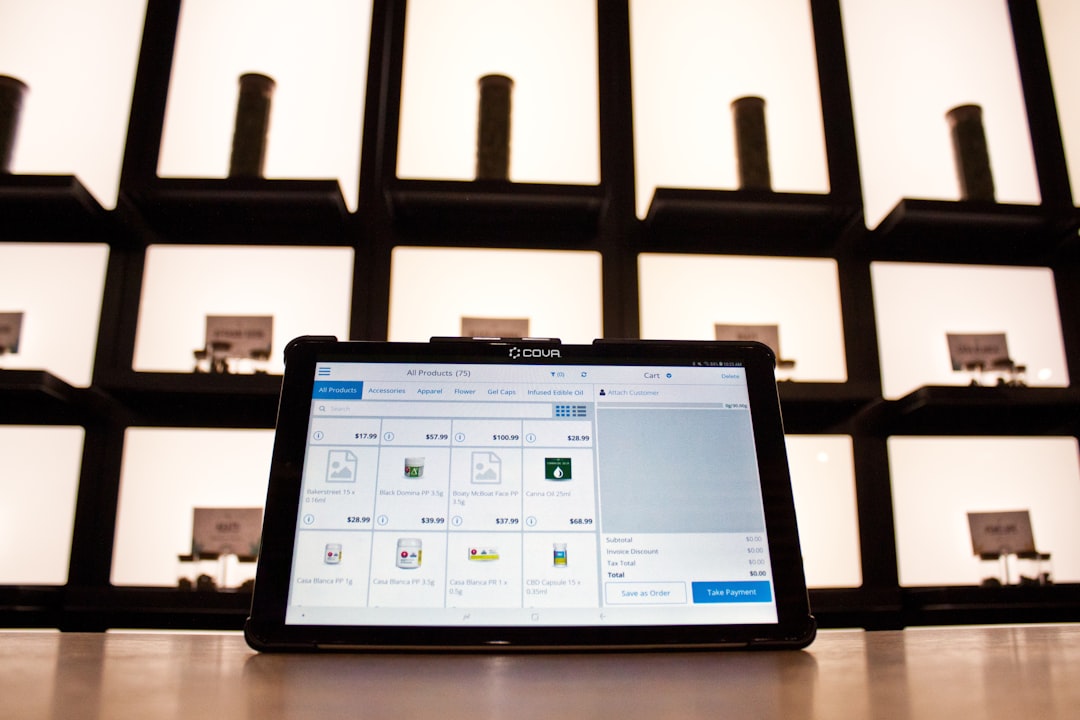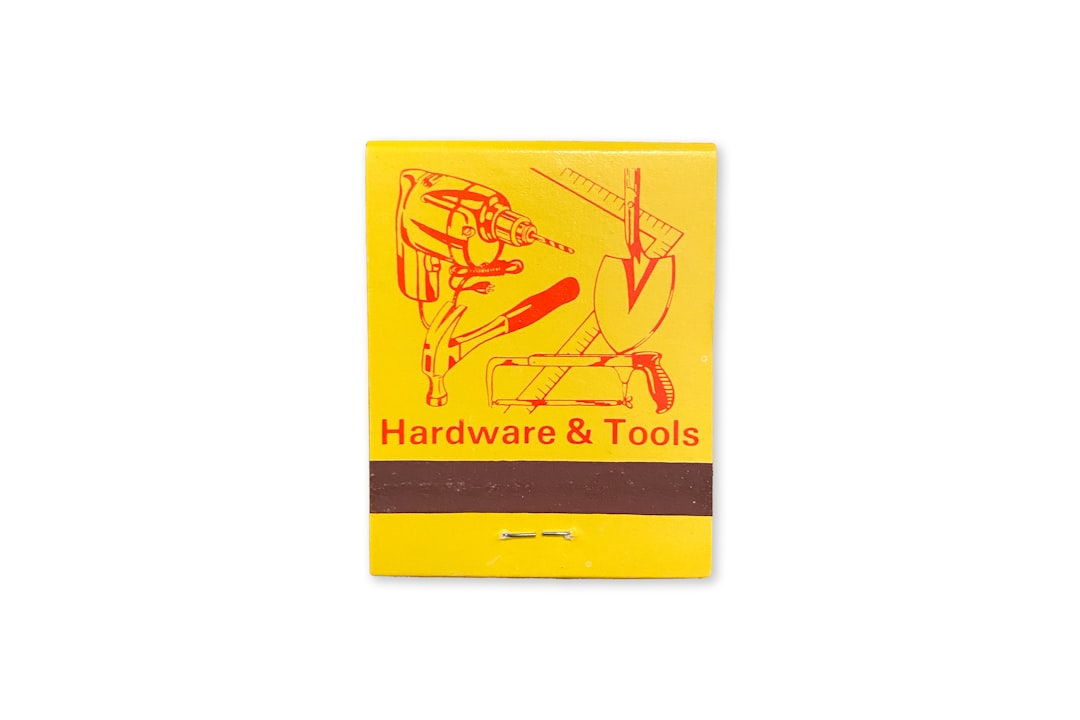Effective employee management is crucial for organizational success, especially in the fast-paced and dynamic economy of the United States. As businesses compete for top talent and strive for higher productivity, organizations must leverage cutting-edge tools and time-tested techniques to enhance workforce performance. The right strategy not only contributes to a positive workplace culture but also yields measurable business outcomes.
In recent years, advancements in technology and data analytics have redefined how businesses manage their people. From streamlined recruitment processes to AI-driven performance evaluations, companies are increasingly relying on digital platforms to boost efficiency and employee engagement.
The Importance of Strong Employee Management
Employee management is more than just overseeing staff — it’s about aligning human capital with organizational goals. High-performing teams don’t just happen; they are built through thoughtful leadership, open communication, and consistent support.
Improper management can lead to disengagement, high turnover rates, and reduced productivity. Conversely, a proactive and supportive management system fosters motivation, accountability, and loyalty. In a country as diverse and competitive as the U.S., companies need structured solutions to handle the complexities of workforce management.
Key Tools That Support Robust Employee Management
Several software platforms and tools play an essential role in modernizing employee management practices across the U.S. Here are some widely adopted examples:
- Human Resource Management Systems (HRMS): HRMS tools like Workday, BambooHR, and ADP streamline administrative tasks including payroll, benefits, and employee records. With cloud integration, these platforms ensure real-time access to employee data.
- Performance Management Software: Tools such as Lattice, 15Five, and Betterworks offer structured performance evaluations, goal-setting, and continuous feedback mechanisms to track progress and suggest areas for growth.
- Employee Engagement Platforms: Platforms like Officevibe and Culture Amp help gather employee feedback through surveys and provide actionable insights to improve morale and satisfaction.
- Project & Task Management Tools: Applications like Asana, Trello, and Monday.com promote transparency and collaboration by offering visual workflows and real-time task updates.
Integrating these tools not only minimizes manual processes but also empowers managers to make data-driven decisions that positively influence performance outcomes.

Techniques to Elevate Employee Performance
In addition to technological tools, managing human behavior requires well-defined strategies. Here are proven techniques U.S. companies are using to optimize workforce productivity:
- Clear Communication of Expectations: Clearly defined roles and expectations give employees direction, reducing ambiguity and increasing focus.
- Ongoing Training and Development: Upskilling and continuous learning through platforms like Udemy and Coursera keep employees well-prepared for evolving roles.
- Recognition and Reward Systems: Celebrating achievements — both big and small — increases employee satisfaction and fosters loyalty.
- Regular Feedback and One-on-Ones: Weekly or biweekly check-ins allow managers and employees to align on progress and address challenges proactively.
- Flexible Work Arrangements: Offering remote work options or hybrid models can enhance productivity and appeal to a broader talent pool.
These techniques are most effective when implemented consistently and supported by the organization’s leadership at every level. It is also essential to personalize management approaches to fit team structures, cultural differences, and individual personality types.
Performance Metrics and Monitoring
Monitoring and assessing employee performance using KPIs (Key Performance Indicators) is vital. Metrics can include sales growth, project completion rates, call resolution times, or customer satisfaction scores — depending on the industry. With real-time dashboards and analytics, managers can identify high performers and offer additional support to those falling behind.

However, it’s critical that these metrics be tied to organizational goals and communicated clearly to all employees. Transparency in performance evaluation creates fairness and drives improvement.
Final Thoughts
In the complex landscape of the U.S. workforce, organizations must adopt an integrated approach to employee management that combines smart tools with proven human-centric strategies. Investing in robust HR tech systems, promoting open communication, and consistently developing talent are all indispensable to fostering a high-performance culture.
Ultimately, enhancing workforce performance is not a one-time effort, but a continuous process that demands adaptability, empathy, and innovation. Organizations that commit to this process are best positioned to thrive in today’s competitive business environment.



